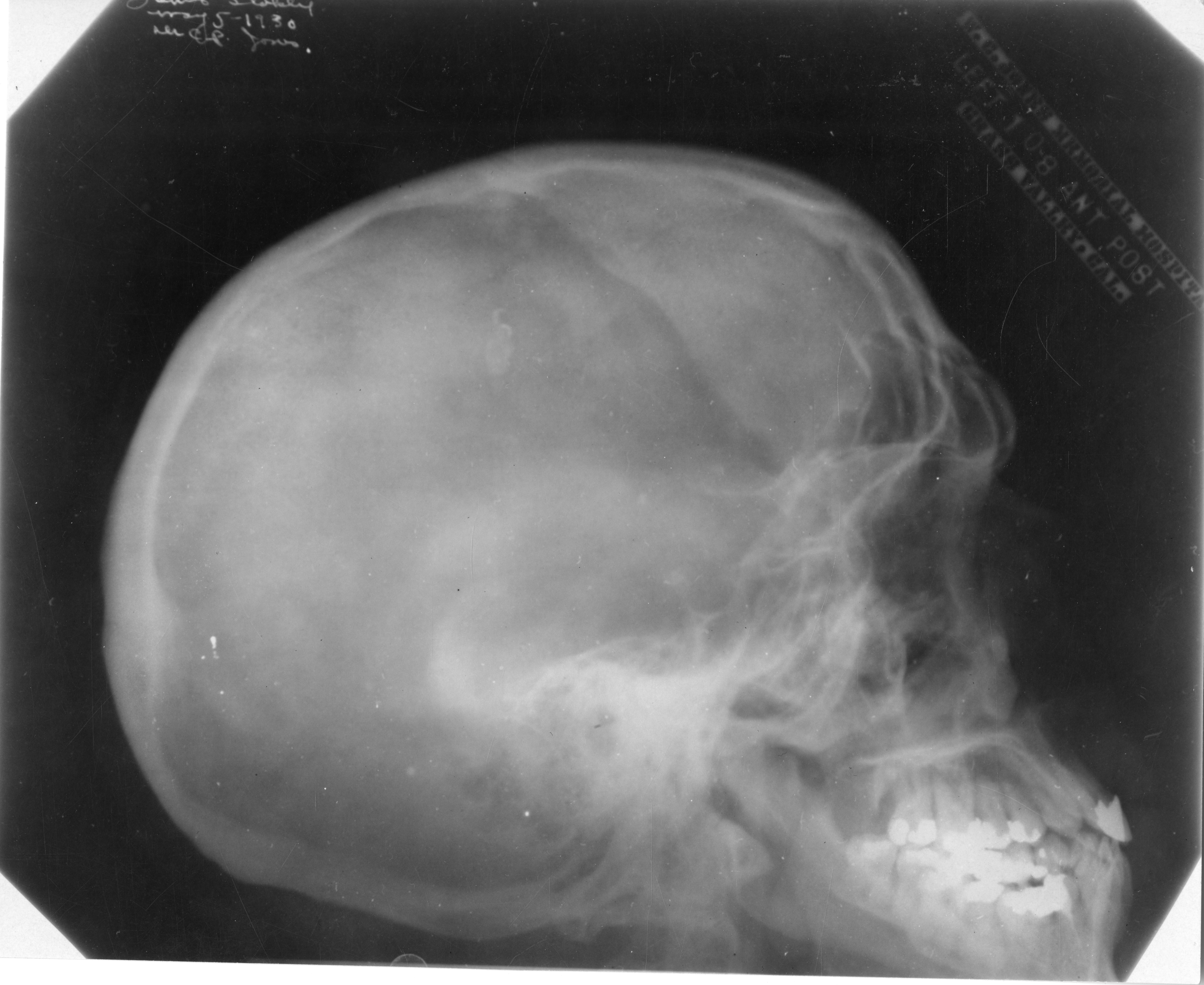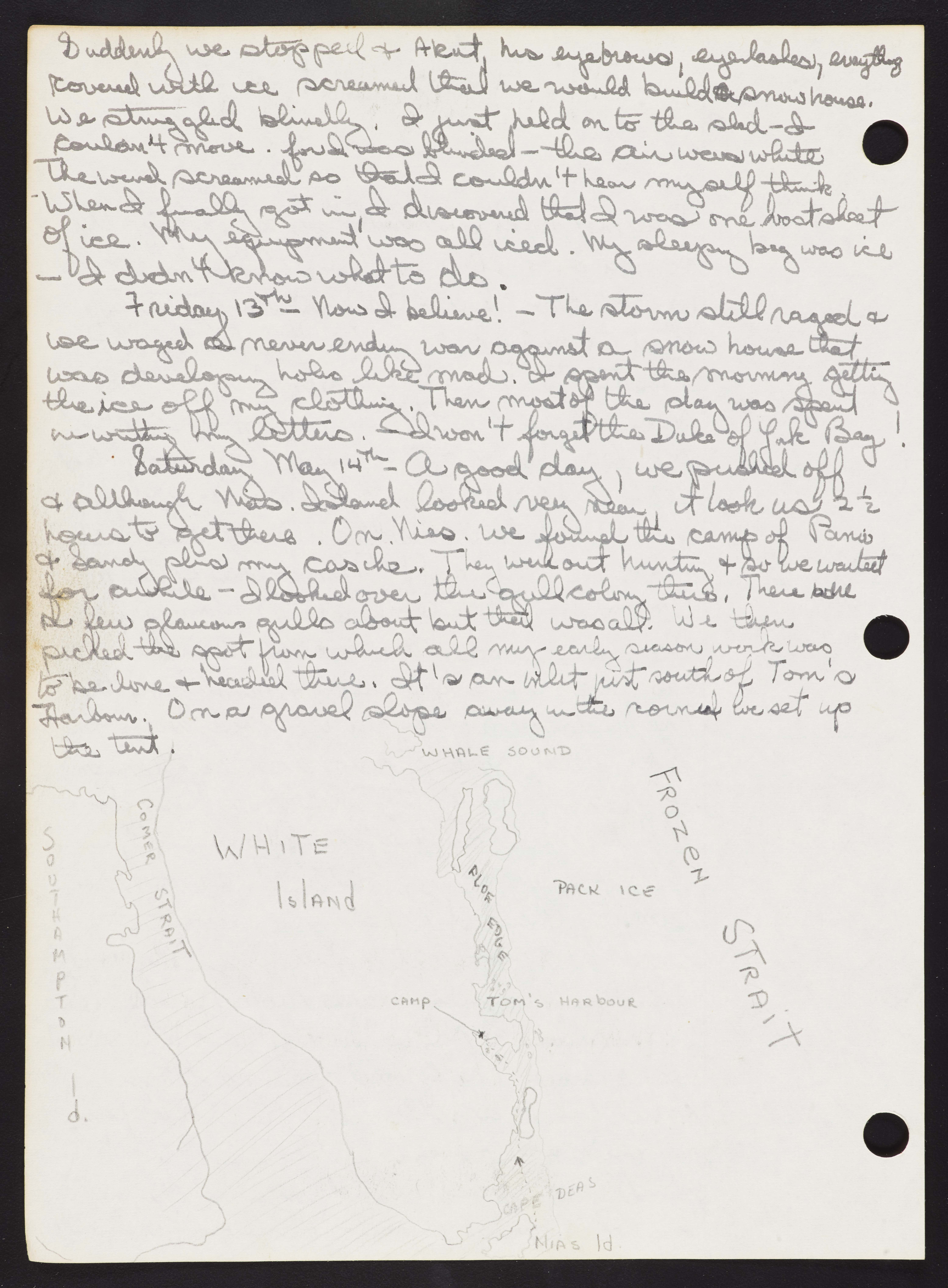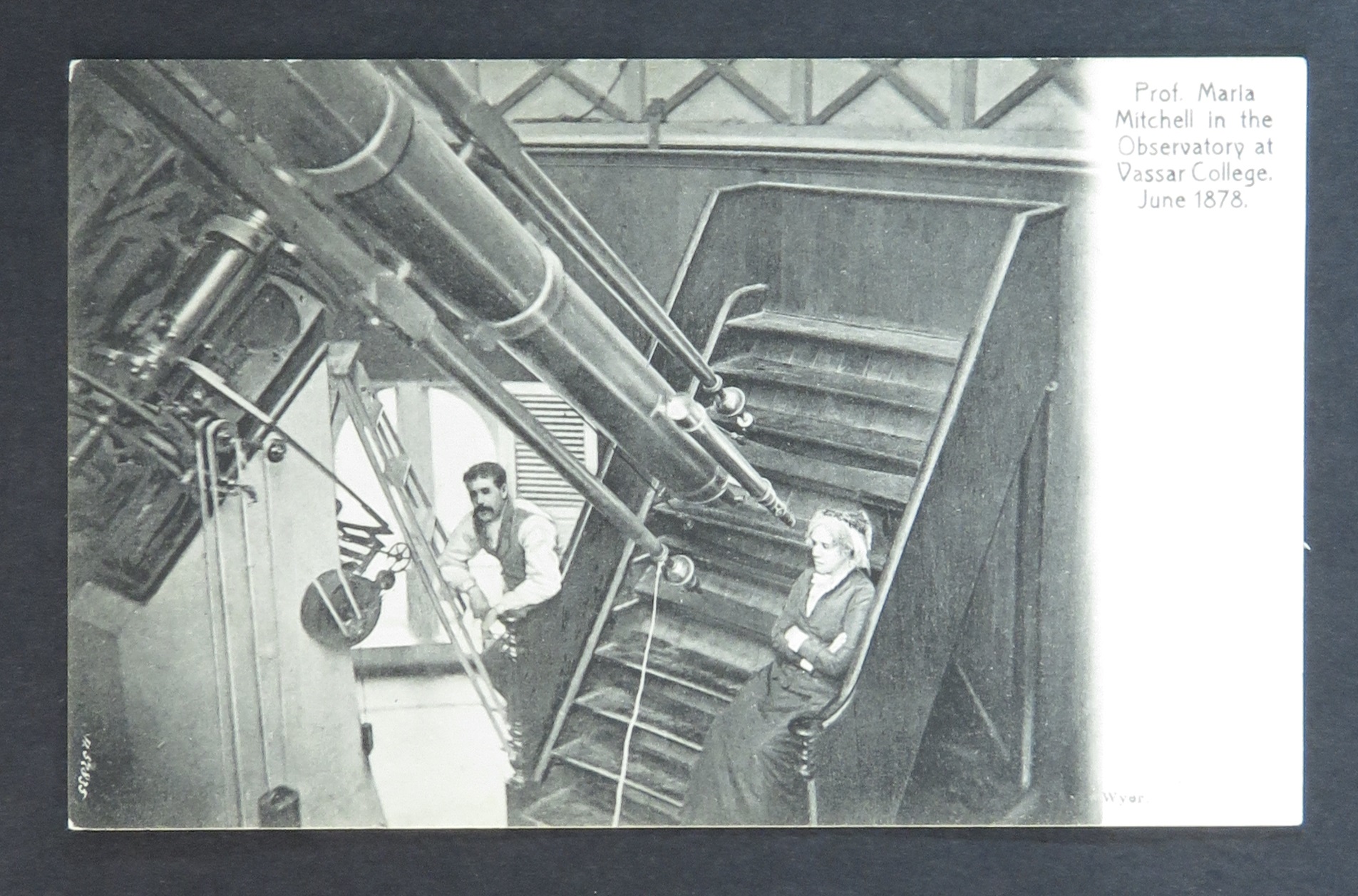Results for "Journals (accounts)"

To Preserve or Not to Preserve: Social Media
- Date: June 13, 2012
- Creator: Jennifer Wright
- Description: A quick overview of how the Archives decides what social media to preserve to document the Smithsonian’s history.

Thomas R. Henry: Soldier, Explorer, Scientist, Journalist
- Date: November 6, 2014
- Creator: Tad Bennicoff
- Description: A brief biographical sketch of Thomas R. Henry, who served in WWI, was a War Correspondent in the field during WWII, participated in the “Operation High Jump” exploration of Antarctica (1946-1947,) served the Smithsonian as a press writer, and The Washington Evening Star as a science writer.

Science Service, Up Close: Covering Eclipses, Near and Far
- Date: August 15, 2017
- Creator: Marcel Chotkowski LaFollette
- Description: Spectacular natural events, like eclipses, have long been the bread-and-butter of science journalism. Science Service, too, succumbed to the lure of combining colorful, firsthand descriptions with technical explanations.

The Arctic Adventures of Neal Griffith Smith
- Date: December 21, 2017
- Creator: Jennifer Wright
- Description: Today is the first day of winter. Not ready for the cold weather? It could always be worse. Ornithologist (and future tropical biologist) Neal Griffith Smith once wrote in his journal:"Still pensil [sic]. Well, I've got time and temperature to write. Just sharpened the pensil with a snow knife. We are parked smack in the middle of Southampton [Island] in a bloody windstorm. It
- Blog Post
Wartime in Washington—Mary Henry on the First Manassas
- Date: July 21, 2011
- Description: Throughout the next months, the Smithsonian Institution Archives will feature posts related to the Smithsonian and the Civil War in honor of the 150th anniversary of the American Civil War. On July 21, 1861, the First Battle of Manassas raged just thirty miles southwest of Washington DC and the Smithsonian Institution Building that housed Secretary Joseph Henry and his family.
- Blog Post
The Mystery of the Art Room Frieze
- Date: June 19, 2018
- Description: [edan-image:id=siris_sic_9668,size=200,left]The Art Room, a greatly scaled down successor to the Smithsonian’s original 1857 Gallery of Art, is located on the second floor of the Smithsonian Building (the Castle). It was designed in 1899 by the architectural firm Hornblower and Marshall to house the Smithsonian’s collection of prints and drawings. When the room was first

Field Work and a World War
- Date: July 12, 2012
- Description: An examination of some of the field books of Bohumil Shimek, who documented the effects of WWI while doing research in Europe.

A Forgotten History: Alfred Vail and Samuel Morse
- Date: May 24, 2011
- Creator: Courtney Bellizzi
- Description: Access the official records of the Smithsonian Institution and learn about its history, key events, people, and research.

Maria Mitchell and the Smithsonian
- Date: June 14, 2018
- Description: On the evening of October 1, 1847, while using a small telescope on the roof of the family home, Maria Mitchell (1818-1889) spotted a comet where one had not been before. Word of this achievement spread quickly through the scientific community. The American Journal of Science declared her “the first American entitled to the honor of the original discovery of a comet.” Some

Science Service, Up Close: Watson Comes Home
- Date: October 6, 2015
- Creator: Marcel Chotkowski LaFollette
- Description: After successfully completing his 1925 European business trip, 29-year-old Watson Davis headed home on the S.S. Republic, boarding at Cherbourg, France, on October 2. The science journalist had covered the annual meeting of the British Association for the Advancement of Science and discussed with Sir Richard Gregory (Editor of the journal Nature) the plausibility of

Link Love: 4/19/2019
- Date: April 19, 2019
- Creator: Deborah Shapiro
- Description: Link Love: a weekly post with links to interesting videos and stories about archival issues, technology and culture, and Washington D.C. and American history.

Samuel Pierpont Langley and the Personal Equation Problem
- Date: April 12, 2018
- Description: The term “personal equation” came into use in the 19th century as scientists found that observers have inherent biases: some anticipate events, and some report events after they have occurred. Recognition of the problem led to a spate of personal equation instruments: some measured biases of this sort, and some reduced the effect of personal errors. Most of these
